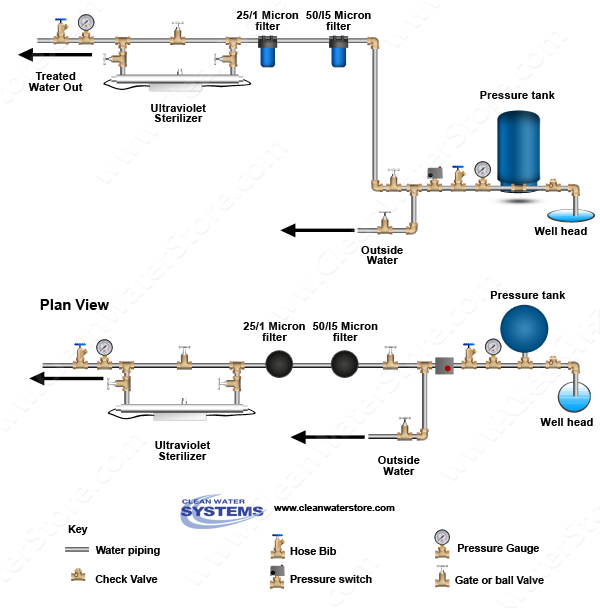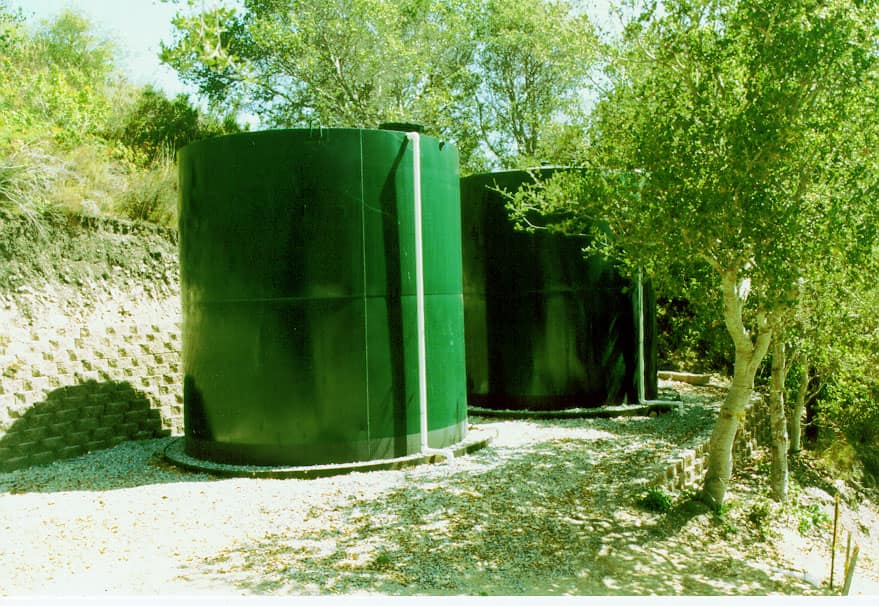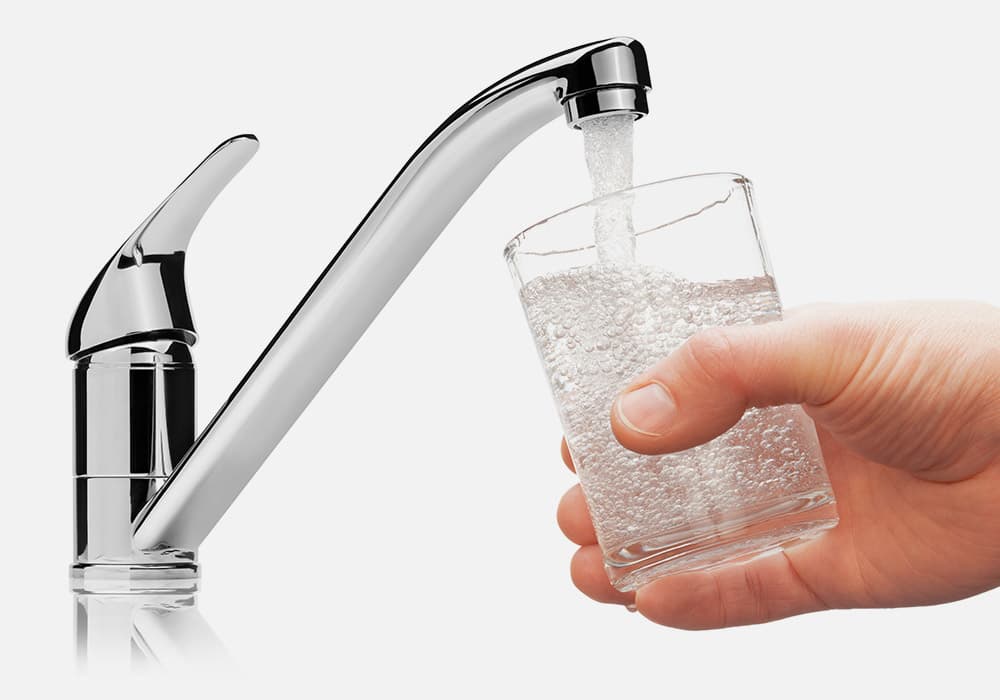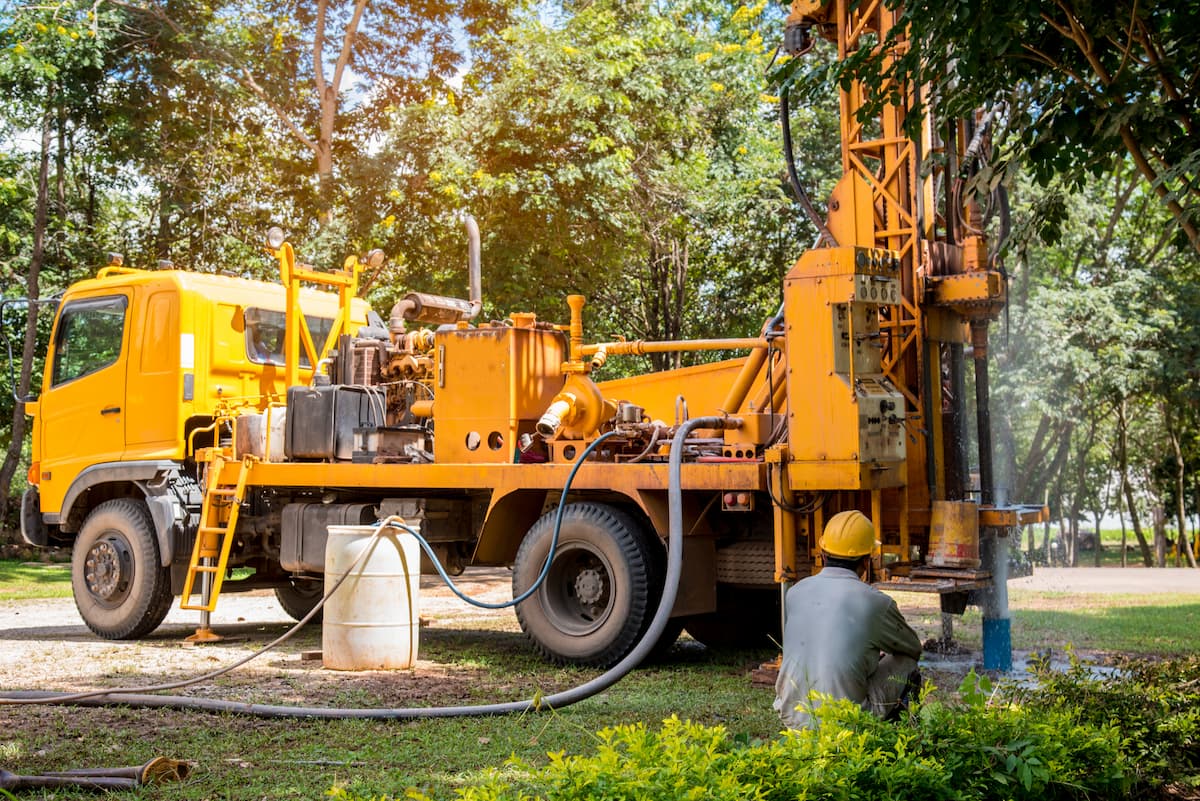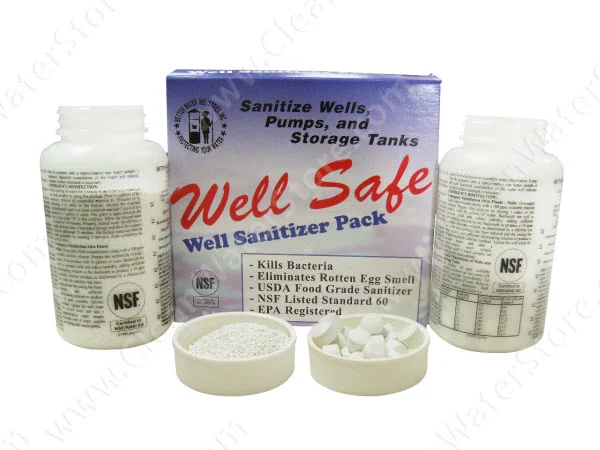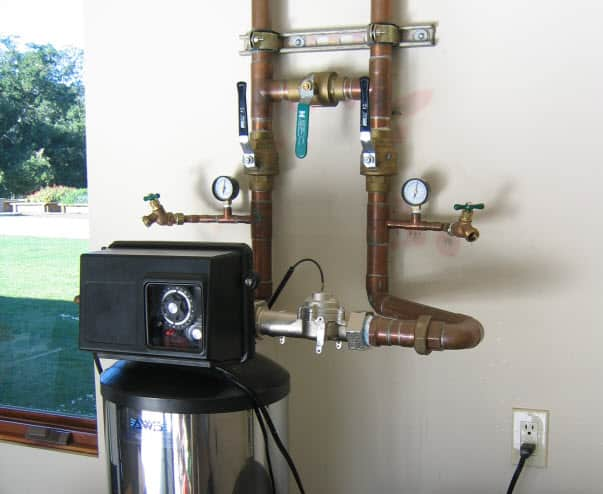Using PVC for a UV Sterilizer? Think Again!
Here at Clean Water Systems we sell quite a few UV sterilizers. Recently, one customer wrote to us to ask whether she could use plastic PVC piping in and out of her UV sterilizer. The answer is that yes, you can, but you really should not.
UV light will degrade PVC piping over time, causing damage to the pipe plastic to leach into your water. Instead of a hard PVC pipe, we recommend a flexible stainless steel line. We recommend Falcon stainless steel flex lines for their availability in many sizes and varieties, as well for their toughness and reliability. We like them so much, in fact, that we even use them on the treatment systems running here in our office. (And you can bet our water is clean and tasty!)

For more information about installing a UV sterilizer, read our free Practical Guide to UV Sterilizers, or consult the diagram below to see a typical UV sterilizer installation:
